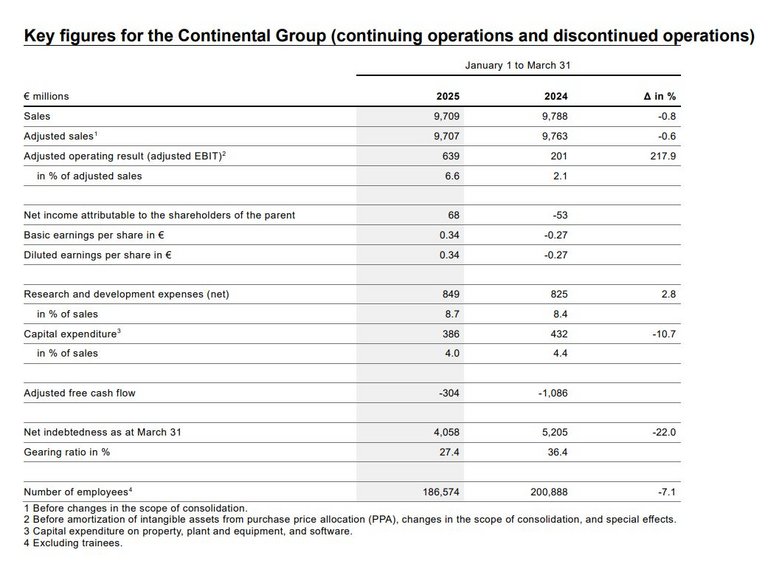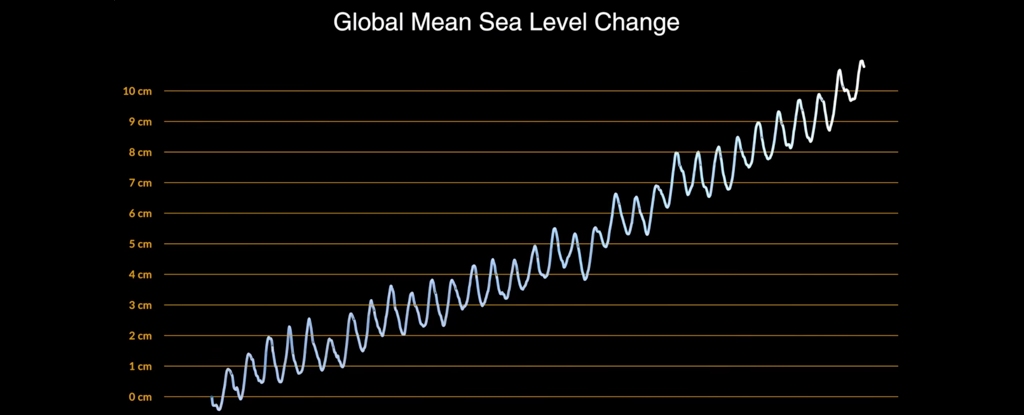How to Use Nested Templates with ng-repeat in AngularJS?
Introduction In AngularJS, working with nested data structures can sometimes be challenging, especially when dealing with templates and the ng-repeat directive. If you've encountered an issue while trying to iterate through an inner array and display it as a separate list, you’re not alone. This article will guide you on how to modify your existing code to achieve the desired output by utilizing nested templates effectively. Understanding the Problem In your initial implementation, it seems you’re trying to display an object’s name along with iterating through its associated focus items. However, the aim to show each focus item in a distinct list item while keeping the object's name above can be tricky. The issue often arises when misconfiguring the directives or the way you structure your templates. Sample Data Structure First, let’s take a look at the data structure you are working with: [{ "obj": { "name": "someName" }, "focus": [ {"id": "something here"}, {"id": "Another etc"} ] }] This structure illustrates that every object within your array contains a name and an array of focus objects. Your goal is to render this appropriately in the UI. Step-by-Step Solution To accomplish your goal, follow these steps to properly set up your templates and controllers. 1. Update Your First Template Let’s modify your main template where you display the object’s name and iterate over the focus items: Main Template {{ item.obj.name }} {{ focusItem.id }} Here, we use the ng-repeat directive to iterate through each focus item directly within the main template. Each item from the focus array is displayed as a list element (). 2. Keeping the Inner Template (Optional) If you wish to maintain the inner template for some dedicated formatting, it can be structured separately. Here's how you can revise the template to keep it dynamic: Inner Template (optional) {{ item.focus.id }} While you could call this template conditionally with your existing logic, it’s typically better to simplify your rendering by just utilizing the main template for straightforward lists. 3. AngularJS Factory Configuration In your factory where you determine which template is to be used, it looks good, but make sure that it’s structured to ensure the correct template returns: angular.module('ux').factory('whichTemplate', function () { return function (inst) { inst.templateModel.getTemplate = function (item) { var name = item.focus && item.focus.length ? 'innerFocus' : 'default'; return inst.templateModel.getTemplateByName(name); }; }; }); This will check if the focus array has items before deciding which template to return. 4. Check Your UI Representation Rendering in your Angular app can go as follows: Make sure your controller is set up to bind the index.items correctly, as this will be essential for the data binding to work properly. Frequently Asked Questions (FAQ) 1. What is ng-repeat? ng-repeat is an AngularJS directive that allows you to repeat a set of HTML elements for each item in a collection, thereby rendering lists dynamically. 2. Why use templates in AngularJS? Templates provide a reusable way to manage how data should be presented on the UI, making it easy to implement a clean and maintainable code structure. 3. Can I customize the ng-repeat structure? Yes, ng-repeat can be customized to format data in multiple ways, and you can combine it with other directives as necessary to enhance the presentation. Conclusion Using nested templates in AngularJS doesn’t need to be daunting. By properly setting up your main template and leveraging ng-repeat, you can efficiently display arrays within your objects. This not only improves the readability of your code but also enhances user experience by presenting data clearly. Armed with this guide, you should now be able to implement nested lists effectively in your AngularJS applications!

Introduction
In AngularJS, working with nested data structures can sometimes be challenging, especially when dealing with templates and the ng-repeat directive. If you've encountered an issue while trying to iterate through an inner array and display it as a separate list, you’re not alone. This article will guide you on how to modify your existing code to achieve the desired output by utilizing nested templates effectively.
Understanding the Problem
In your initial implementation, it seems you’re trying to display an object’s name along with iterating through its associated focus items. However, the aim to show each focus item in a distinct list item while keeping the object's name above can be tricky. The issue often arises when misconfiguring the directives or the way you structure your templates.
Sample Data Structure
First, let’s take a look at the data structure you are working with:
[{
"obj": {
"name": "someName"
},
"focus": [
{"id": "something here"},
{"id": "Another etc"}
]
}]
This structure illustrates that every object within your array contains a name and an array of focus objects. Your goal is to render this appropriately in the UI.
Step-by-Step Solution
To accomplish your goal, follow these steps to properly set up your templates and controllers.
1. Update Your First Template
Let’s modify your main template where you display the object’s name and iterate over the focus items:
Main Template
Here, we use the ng-repeat directive to iterate through each focus item directly within the main template. Each item from the focus array is displayed as a list element ().
2. Keeping the Inner Template (Optional)
If you wish to maintain the inner template for some dedicated formatting, it can be structured separately. Here's how you can revise the template to keep it dynamic:
Inner Template (optional)
While you could call this template conditionally with your existing logic, it’s typically better to simplify your rendering by just utilizing the main template for straightforward lists.
3. AngularJS Factory Configuration
In your factory where you determine which template is to be used, it looks good, but make sure that it’s structured to ensure the correct template returns:
angular.module('ux').factory('whichTemplate', function () {
return function (inst) {
inst.templateModel.getTemplate = function (item) {
var name = item.focus && item.focus.length ? 'innerFocus' : 'default';
return inst.templateModel.getTemplateByName(name);
};
};
});
This will check if the focus array has items before deciding which template to return.
4. Check Your UI Representation
Rendering in your Angular app can go as follows:
Make sure your controller is set up to bind the index.items correctly, as this will be essential for the data binding to work properly.
Frequently Asked Questions (FAQ)
1. What is ng-repeat?
ng-repeat is an AngularJS directive that allows you to repeat a set of HTML elements for each item in a collection, thereby rendering lists dynamically.
2. Why use templates in AngularJS?
Templates provide a reusable way to manage how data should be presented on the UI, making it easy to implement a clean and maintainable code structure.
3. Can I customize the ng-repeat structure?
Yes, ng-repeat can be customized to format data in multiple ways, and you can combine it with other directives as necessary to enhance the presentation.
Conclusion
Using nested templates in AngularJS doesn’t need to be daunting. By properly setting up your main template and leveraging ng-repeat, you can efficiently display arrays within your objects. This not only improves the readability of your code but also enhances user experience by presenting data clearly.
Armed with this guide, you should now be able to implement nested lists effectively in your AngularJS applications!














































































